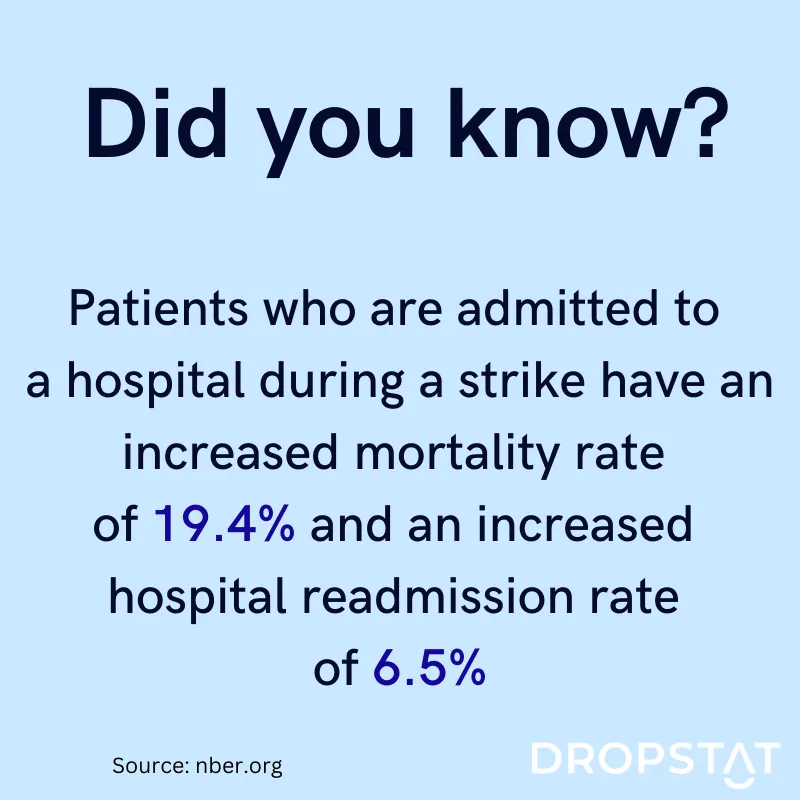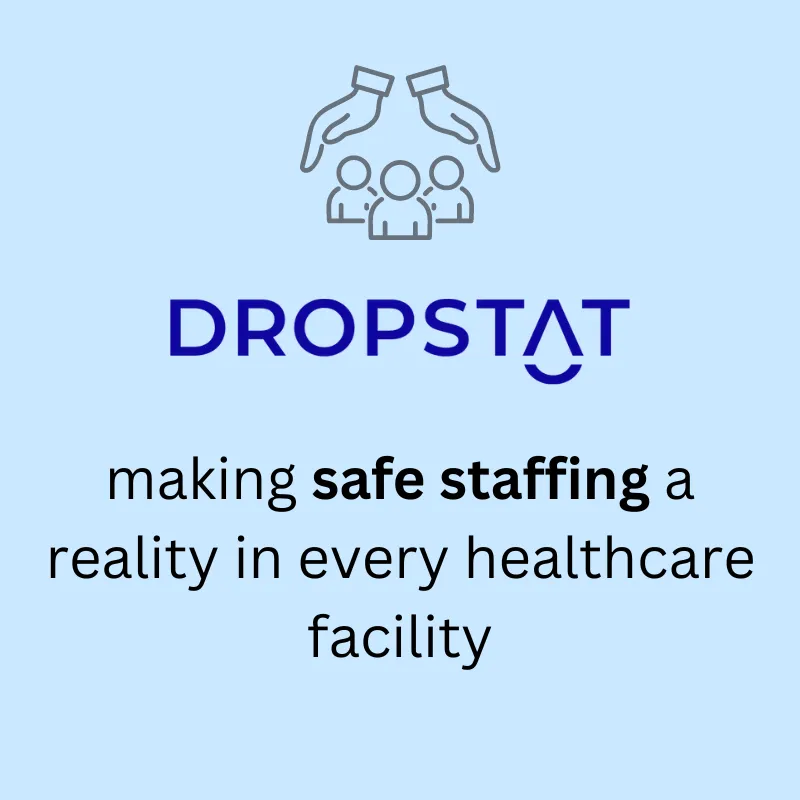The strike at these two major New York City hospitals comes on the heels of the news around the new COVID-19 variant, XBB.1.5. It has been estimated to cause a 27 percent increase in new infections, according to the CDC and is likely to trigger a wave of hospitalizations as well which has been a major concern since the start of the pandemic. Not only did the pandemic increase workloads for healthcare workers, but it also placed many nurses in dangerous situations while decreasing the quality of patient care.
NYC nurse strike reaches a tentative agreement
The most prominent effect of the strikes in New York City is the agreement to mandate enforceable safe staffing ratios. This is specifically for staffing to be increased within the Emergency Department at Montefiore medical center and for Mount Sinai Hospital to abide by concrete nurse-to-patient ratios. This will address the root cause of multiple other issues, including burnout, safety, and wages.
Numerous other nursing strikes take place throughout the country
Along with the NYC nurses’ strike, Chicago, Oakland, Berkeley, and Marina Del Rey have also been experiencing strikes caused by staffing shortages. In Chicago, layoffs worsened the dangerous staffing levels causing 400 nurses to go on strike for three days starting on January 3 at the Howard Brown Health Center.
In Oakland and Berkeley, nurses held a strike for nine days to raise awareness of the poor working conditions that they were facing as well as issues regarding benefits and other aspects of their employment. This strike took effect on Christmas Eve as the hospital was bracing for an influx of patients during the holiday. Similarly, Cedars Sinai Hospital in Marina del Rey faced a 5-day strike of 400 nurses citing staffing levels and wages as the primary concerns with hopes of drafting new contracts that address these issues.
Although the strikes temporarily decreased the ratio of permanent healthcare workers in their medical facilities, nurses gave the affected hospitals a 10-day notice to attempt to find temporary healthcare workers to take their place. The notice was to help avoid disrupted patient care, although some aspects of care, such as elective surgeries, were postponed.

Why do healthcare facilities nationwide constantly face staffing shortages?
Some of the most common factors associated with staffing shortages across healthcare facilities include:
- high nurse turnover rates
- outdated systems used to fill shifts
- role inefficiency
- lack of competitive pay
- lack of recognition
- excessive agency use
High turnover rates
The nationwide average nurse turnover rate was calculated to be 18.7%, with higher rates in certain locations and departments. Still, your facility can address the issues related to turnover by analyzing which shifts require additional support and hiring employees who fit the specific roles. Additionally, creating effective onboarding programs, implementing methods to show appreciation, and investing in your employees through subsidizing specialty certifications decrease the factors associated with high turnover rates.
Outdated scheduling systems
When healthcare facilities rely on traditional systems of filling shifts, agency use and overtime shifts become more common. However, advanced scheduling software will allow for a more integrated and flexible system.
Role inefficiency
Employees hired to complete roles that are either below or above their skillset and qualifications increase turnover rates, contributing to the growing staffing shortage. One way to reduce role inefficiency within your healthcare facility is to ensure that administrators and management assess the specific deficits within their care teams to prioritize hiring staff that fills the required roles. Instead of hiring any healthcare professional that seems to be the right fit for the institution. In turn, this reduces overspending associated with hiring individuals that are overqualified for specific roles.
Lack of competitive pay
When employees do not receive different pay rates according to the shifts that they work, burnout becomes more common, and employees tend to seek out better employment opportunities.

Lack of recognition
Without a consistent method of expressing gratitude for your employees, staff feels undervalued, which increases the chances of burnout and turnover. If your facility prioritizes giving positive feedback and employee-specific rewards, your staff is more likely to feel understood and appreciated by management, with greater loyalty to the organization.
Excessive agency use
Although using agency staff can help decrease gaps in shifts while also supporting safe nurse-to-patient ratios, consistent use of agency staff harms the facility long term. By analyzing patterns of agency use, administrators can determine which shifts or nursing roles require more permanent staff. This gives hiring managers a better understanding of the employees they should be looking for. As a result, hiring for the specific roles in demand will reduce avoidable costs associated with more expensive agency staff and create a more cohesive, permanent care team.
Dangers of understaffing for patients and healthcare professionals
Numerous studies have found a direct link between understaffing and increased patient mortality as well as a decrease in patient satisfaction and health outcomes. The American Medical Association reported that every patient assigned to a nurse above the determined nurse-to-patient ratio is linked to a 7% increase in the mortality rate for each patient.
When healthcare workers experience unsafe staffing in their work environment, burnout increases while employee satisfaction decreases due to dangerous work environments and exhaustion from high patient volumes.
How can your facility prevent nurse strikes and staffing shortages?
Although there are numerous factors that contribute to understaffing in facilities across the nation, there are ample, tangible practices that can be implemented to reduce the chances of severe understaffing. Here are a few ways to tackle this issue:
- Leverage technology geared toward healthcare staffing.
- Prioritize nurse appreciation.
- Cut down on agency staff.
- Identify employees that show clear signs of burnout
- Limit overtime shifts
How can Dropstat enable your facility to get ahead of the nursing shortage?
Dropstat’s platform enables healthcare institutions to build internal float pools to assist with gap shift management and prevent unnecessary agency hires. Additionally, the platform allows administrators to decline overtime shifts, reducing nurse burnout and increasing safer staffing environments
Some other features of Dropstat’s platform also include in-app communication with internal and external care teams, bonus tracking, and predictive analytics, which help facilities circumvent nursing strikes and disrupted patient care. Ultimately, taking advantage of Dropstat’s features positions your healthcare facility to ensure that safe staffing is at the forefront of scheduling alongside cost management and patient satisfaction.







